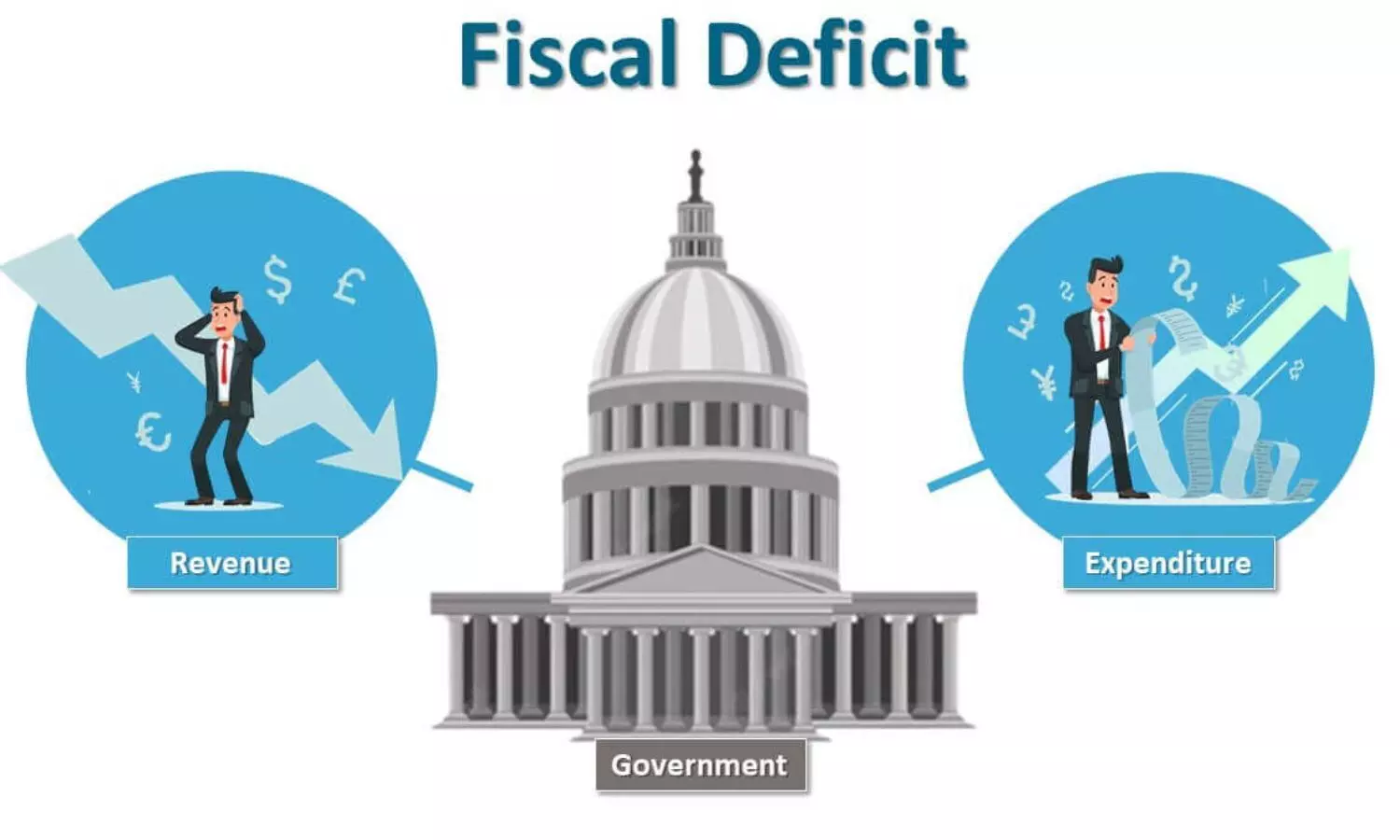February's Decline in Net Tax Revenue Pushes FY24 Fiscal Deficit to 86.5% of Target
India's fiscal deficit hits 86.5% of target in April-February. The net tax revenue falls in Feb due to corporate tax decline and transfers to states impact, impacting GDP growth projections.
image for illustrative purpose

India's fiscal deficit for April-February amounted to INR 15.01 lakh crore, with the fiscal deficit reaching 86.5% of the annual target of INR 17.34 lakh crore. According to the CGA, February saw net tax income plummet due to a decline in corporate tax revenue and the transfer of tax devolution to states. Net tax revenue during February amounted to a negative INR 30,388 crore compared to INR 43,483 crore in the previous year.
Paras Jasrai, a senior analyst at India Ratings and Research, highlighted that while gross tax income grew substantially during FY24, net tax collections saw a modest 6.8% growth, which is the lowest in four years. Fiscal deficit data from April to February for FY24 reflected this trend, attributed to increased transfers to states, with tax devolution seeing a 27.9% rise.
In February 2024, the central government provided two additional state transfers, totaling INR 1.42 lakh crore in tax devolution. With this release, the central government has disbursed INR 10.32 lakh crore, leaving Rs 68,000 crore to be released in March. Factors contributing to the increase in fiscal deficit include these transfers.
Despite significant compression in revenue expenditure, economists noted that the fiscal deficit quality substantially improved, standing at a record-low ratio of revenue and fiscal deficit at 48.7%. This suggests that a substantial part of the borrowed sum has been allocated towards capital expenditure (capex). High fiscal deficit for the country remains a concern despite this improvement.
In the initial 11 months of financial year 24, the central government allocated 84.8% of the INR 9.5 lakh crore capital expenditure targets, marking a rise compared to the previous year. February witnessed a surge in capex to INR 84,426 crore from INR 47,557 crore in January. Comparison of fiscal deficit trends with previous years indicates the importance of such sustained investment in capital expenditure to boost economic growth.
For April-February, revenue expenditure comprised 83.1% of the revised estimate of INR 35.4 lakh crore, marginally below the previous year. The central government's overall expenditure for April-February reached 83.4% of the revised estimate of INR 37.5 lakh crore.
Economists flagged sectors experiencing spending shortfalls, potentially resulting in government savings if unspent amounts carry over to March. Notably, sectors such as rural development, agriculture, fertilizers and chemicals, consumer affairs, and roads faced significant shortfalls in expenditure.
These potential savings and the GDP growth rate could contribute to reducing the fiscal deficit ratio by 0.1-0.2% of GDP, as suggested by Chief Economist at Bank of Baroda - Madan Sabnavis. Government expenditure and revenue collection would play a crucial role in achieving this target.

